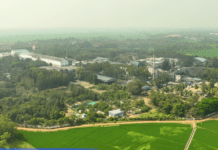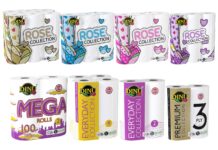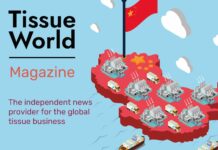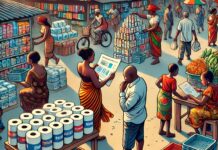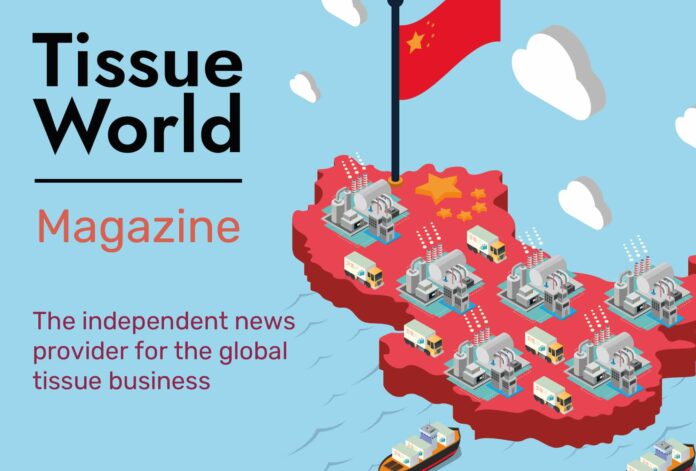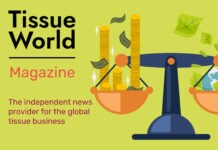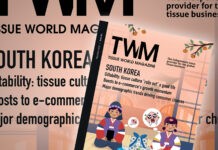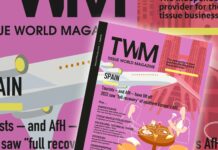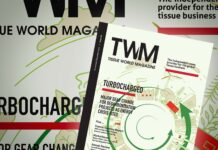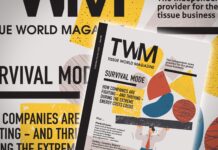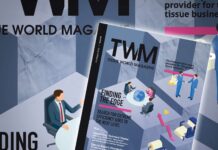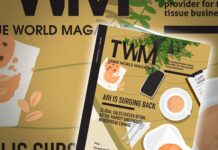
It has been described as the hottest dispute in global trade – overcapacity. US and Chinese trade talks earlier this year focussed on excess capacity under the broad category of green industries … electric vehicles, solar panels, and batteries. They could well have included tissue.
The core criticism from the West is that state-led support for manufacturers, coupled with depressed domestic demand, is pushing excessive Chinese supply onto global markets. The nature of ‘support’ is itself disputed. China denies subsidies, stating its industries are simply more competitive, driven by innovation and complete supply chain systems. The West points to associated support including cheap loans, huge infrastructure investment and fully-integrated supply chains. Either way, the effect on prices is sharp.
TWM’s MarketIssues carries the CNHPIA’s latest annual assessment of tissue’s performance. As expected, the 2023 figures are uniquely Chinese. After necessarily taking the foot off the pedal during Covid, manufacturers essentially pushed it back down again with renewed vigour – 35 companies bringing 68 machines online across 15 Chinese provinces.
The result? 2023 total capacity is expected to exceed 21m tpy. Publicly revealed projects for 2024 have already exceeded 12m tpy. Price competition has intensified, while profitability decreased. Export figures dramatically increased – volume up 42.47% to 804,200tpy, value up 26.80% at $1.762bn.
The report carries its own warning on excess-production, while managing to describe the phenomenon as both “temporary” and “persistent.” “Consolidation and collective growth” could be achieved “through capacity collaboration and supply chain partnerships among companies. The industry enterprises should adhere to rational competition and jointly promote sustainable development of the industry.” It makes for a fascinating read.
AFRICA: A HUGE POTENTIAL STILL OUT OF REACH, BUT WITH LEADING NATIONS FINDING VALUE GROWTH
The take-up of tissue products across Africa – less than 1kg annually – has not grown as expected. Where it occurred, value growth came at the expense of volume growth. That is the continental average. But as TWM’s Regional Reports make clear the range of market performance differs considerably.
Economic diversity is wider in Africa than in any other continent, not least because it has more distinct nations … 54 in total. The nine best performers are those whose well placed consumers can draw on an average per capita GDP of more than $15,000 and are therefore the nations likely to see the buying of tissue products featuring more prominently on shopping lists.
Yet even the top economies are beset with deep and various problems, so better news on income is to some degree off-set, and demand growth slows. Within this broad picture, TWM’s reports examine every level of prospects and performance, and finds nothing but energy, enterprise, and optimism, mostly where urbanisation is increasing, at companies dealing with the day-to-day running of the mills.




